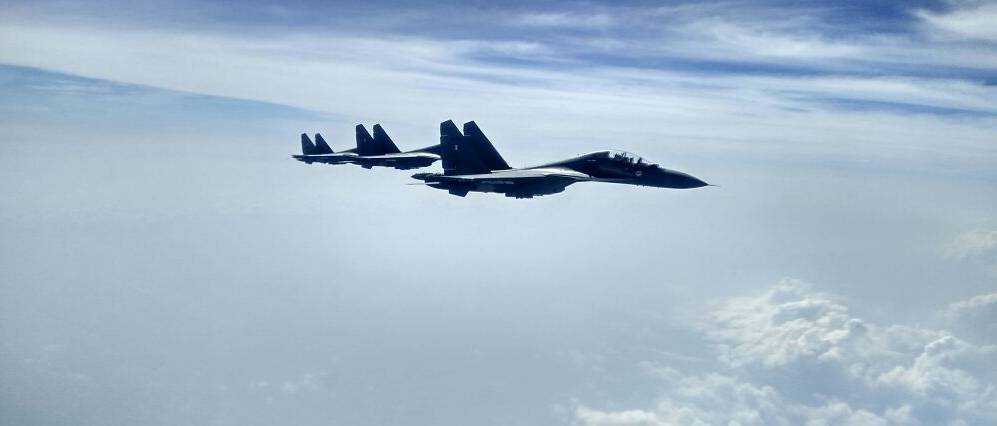
Sukhoi-30MKI fighters of the IAF. (File photo)
NEW DELHI (PTI): The proactive deployment of IAF's "offensive" capabilities in response to the standoff with China in eastern Ladakh demonstrated its current operational readiness and the strong posturing was instrumental in dissuading the adversary to a large extent, Chief of Air Staff Air Chief Marshal RKS Bhadauria said on Friday.
The Indian Air Force (IAF) chief also said that the Balakot air strikes in Pakistan clearly demonstrated that air power could be put to sophisticated use and create a space for action below the conventional threshold.
Air Chief Marshal Bhadauria was speaking at an online seminar organised by the National Defence College.
"Over the past few months, the proactive deployment of our offensive capabilities in response to developments in eastern Ladakh, both in terms of deployment of air assets as well as rapid airlifting of Army combat elements, demonstrated the IAF's operational readiness today," he said without elaborating.
He said the deployment also reflected the capability and the nation's resolve to use air power if the need arises.
"It is our belief that our pro-active action and strong posture was instrumental in dissuading the adversary from making further attempts...We remain hopeful that the peace and stability will be restored along the LAC through ongoing dialogue," he said.
The IAF has deployed almost all its frontline fighter jets like the Sukhoi 30 MKI, Jaguar and Mirage 2000 aircraft in the key frontier air bases in eastern Ladakh and elsewhere along the Line of Actual Control (LAC).
The newly inducted fleet of Rafale jets has also been carrying out sorties in eastern Ladakh.
Talking about the overall security scenario, he said there has been a transformation of the security paradigm in recent years.
"Our definitions of national boundaries have shifted beyond the classical definition of land border, shore lines etc. We cannot remain chained to the old concepts of fronts –two fronts, one front. The nature and scope of warfare itself has expanded," he said.
In Indian defence parlance, the two front conflict refers to hostilities along the country's western and northern borders.
The Chief of Air Staff said the induction of modern platforms and acquisition of nice capabilities has bolstered the IAF's combat capabilities across the entire spectrum of warfare.
"The ongoing transformation is aimed at adding agility to our combat fleets. However, practitioners of air power are mindful of the fact that besides providing a host of kinetic and non-kinetic response options against an adversary, a strong and capable air force plays a much larger role in ensuring deterrence and avoiding conflict in the first place."
Speaking on the occasion, Vice Chief of Army Staff S K Saini said India's unsettled borders have been its biggest security challenge.
"The possibility of conflict over territorial disputes with China and Pakistan will continue to remain an important factor in our defence planning," he added.
Chief of Naval Staff Admiral Karambir Singh said the Indian Navy remained poised for rapid response in any situation.
"For the Indian Navy, operating farther and outward from Indian shores, in step with our country's national interests, is a strategic imperative and necessity," he said.
He said the aim of Indian Navy is to be first responder' and preferred security partner' for the Indian Ocean littorals.
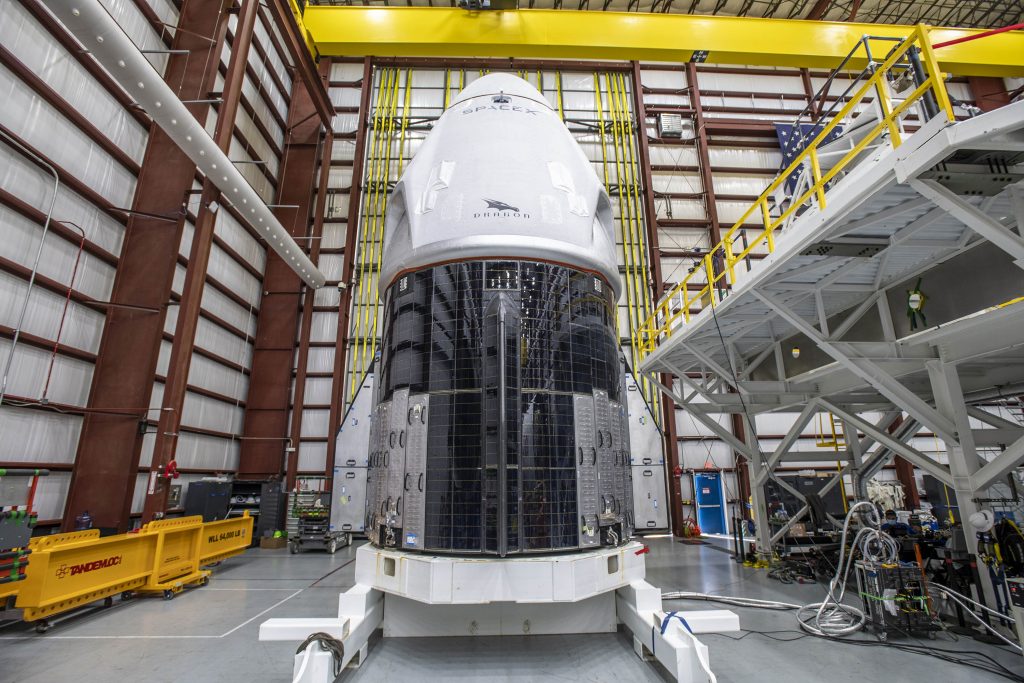 Previous Article
Previous Article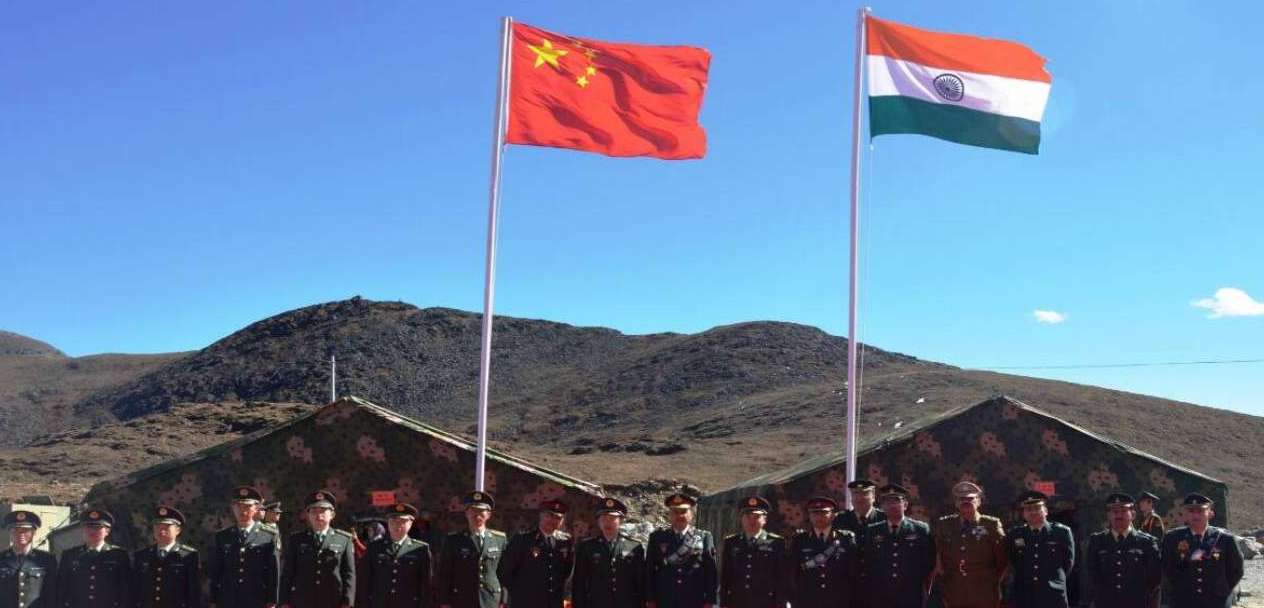 Next Article
Next Article
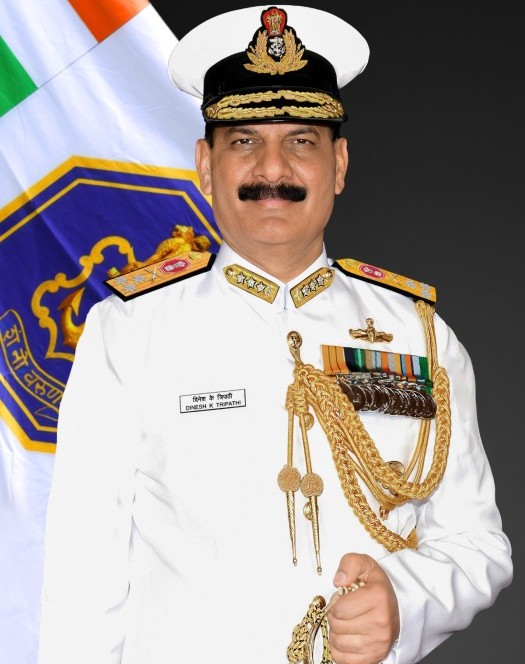
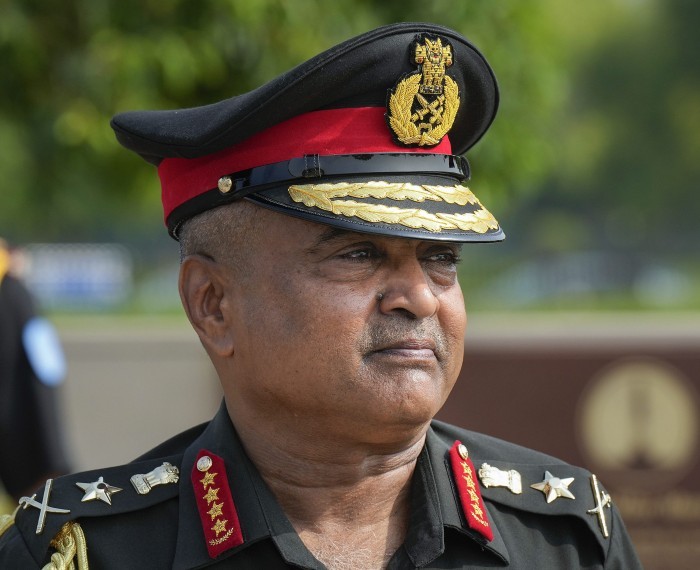



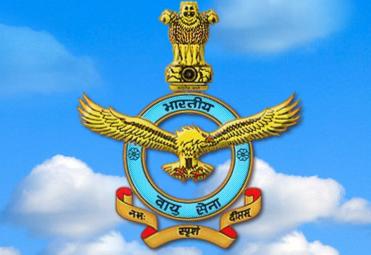
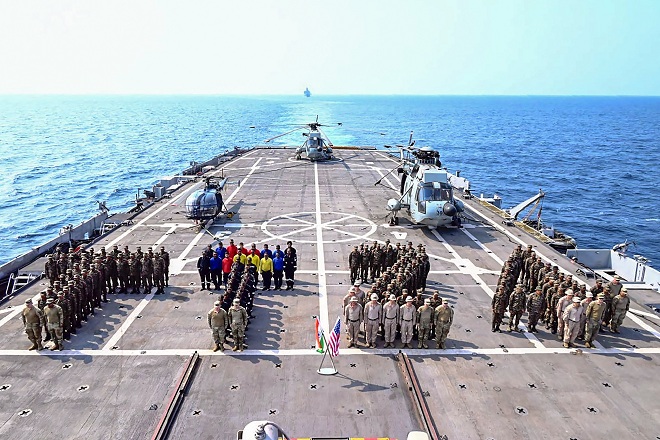
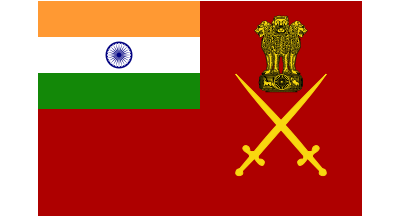
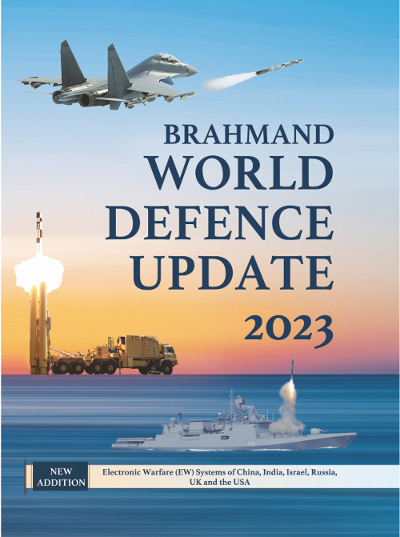




The Indian Air Force, in its flight trials evaluation report submitted before the Defence Ministry l..
view articleAn insight into the Medium Multi-Role Combat Aircraft competition...
view articleSky enthusiasts can now spot the International Space Station (ISS) commanded by Indian-American astr..
view article